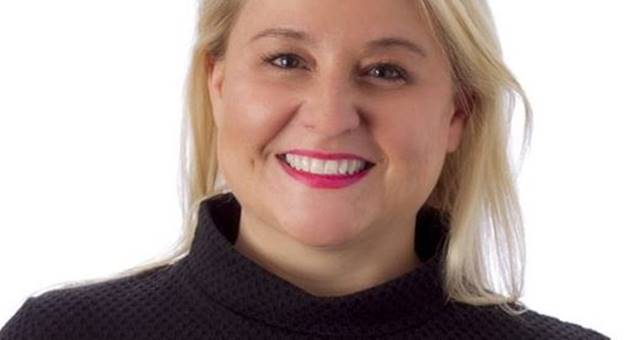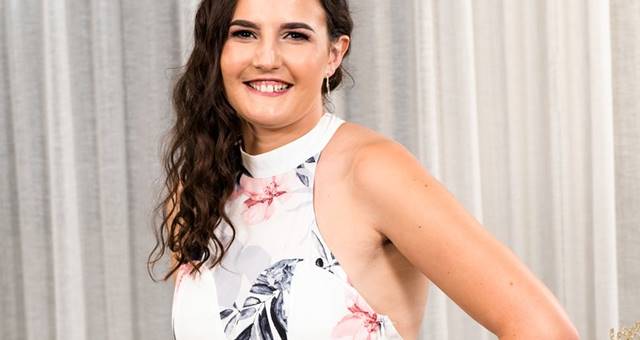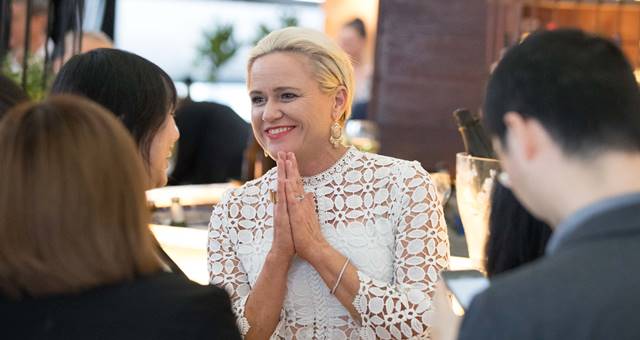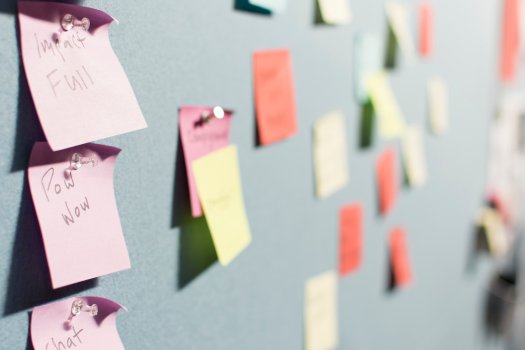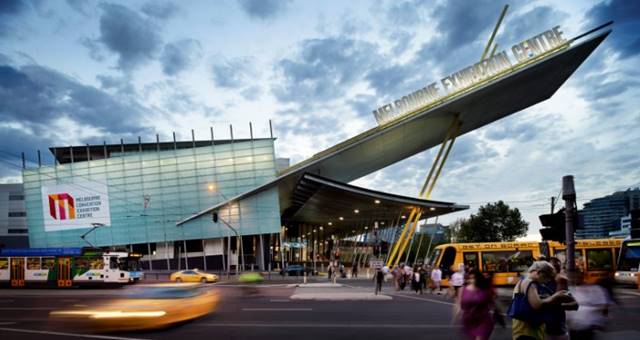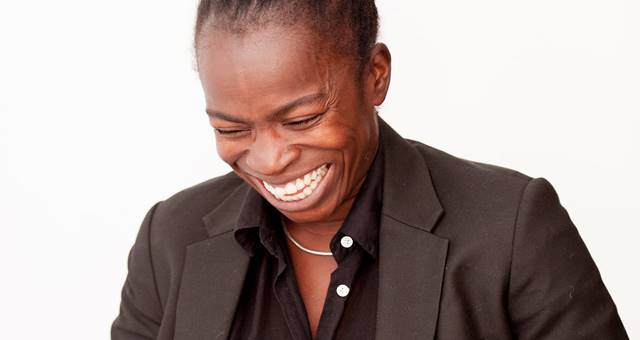
Prior to running her own events business Best Case Scenario, Luli worked for Gartner heading up their Asia / Pacific conference business. During this time Luli grew the APAC event business by a staggering 250 per cent. This required managing and launching a portfolio of senior executive programmes in Australia, Singapore, India and China. Her passion and expertise for the events industry is evident in her client list – Microsoft, Intel, Symantec, NSW Government, AIIA all use her services to refine, re-tune and reignite their events. Here she shares with Spice her career journey and leaves us with a few golden nuggets of advice on how to fully embrace the industry.
How long have you been in the events industry?
23 years
Where did you start your career?
A publishing company in London called Blenheim that specialised in B2B publications and events. My first event was the franchise exhibition, hosted at Birmingham NEC.
What are you working on now?
Right now we’re working on a number of education sector events for Microsoft, a health event for the AIIA, plus actively creating awareness around digital accessibility.
What’s the best thing about your job?
People, people, people! Most of the events we run advocate technology as an enabler in key sectors such as health, Government and financial services – our objective is always to bring the right people together, at the right time, to drive the type of discussions that will bring about positive change. I love the power of events in driving change, and personally bringing the focus and connections to make that happen in the most effective way.
What advice would you give to someone entering the field?
Be prepared to work hard. I think there’s often a misconception when it comes to event management, as people see the end product and think, that look fun! What’s misunderstood is the hard work needed to ensure an event runs seamlessly and looks fun! That said and done, its incredibly rewarding and there’s no better feeling than being onsite knowing that your hard work made it happen.
And what advice would you give to agencies looking to attract and retain young talent?
I think diversity in a role is important, be it on the different types of accounts or the types of tasks. Recognising early the natural skills within individuals and matching them to the many facets in running events, plus supporting their personal development is key. If people can see the variance in the type of accounts you manage plus your commitment to support growth within the organisation and personal development, then you’re on the right path to attracting and retaining young talent.
What would your dream event look like?
All the major stakeholder groups across the health sector in Australia would be in attendance to discuss the status of digital health in Australia and agree to commit to drastically improve it. At the end of the conference there would be an agreed action plan and a task force elected to drive this change. I would love to run that event and am pretty sure one day my dream event.
Have you had any major event disasters?
Absolutely! What happened? The one that immediately comes to mind is an event we ran in Rome one year in May. There was a freak heatwave, it was 45 degrees, and the room we had for the exhibition was all windows like a greenhouse. The aircon system couldn’t cope and the exhibitors would have quite literally melted. So, the night before the event opened, we moved the full exhibition into the pre-function area – miraculously it all fitted. Hearing the joy from our exhibitors at the fact we had come up with a solution, made working through the night worthwhile.
And the best event you have ever worked on and why?
Most recently it has to be the Live, Work & Play – NSW State the State of Inclusion conference we ran for NSW Department of Family and Community Services – for several reasons. It was this event that brought to my attention the fact that as event planners, we’re typically failing when it comes to making our events inclusive, not from the physical event itself but the steps needed to get to the event i.e. the registration website process and digital communications. Secondly, going back to my previous point about what I love about my job – this ticked all the boxes. We had over 90 speakers and 500 attendees from the whole of NSW Government, key stakeholder groups and individuals with disabilities acknowledging the great things that NSW as a State has already achieved when in comes to disability inclusion, but more importantly looking at what they can do in the future to improve inclusion within the State. Lastly, the appreciation the attendees had for the focus and investment made to ensure the right people were in attendance, having the right level of conversation to drive positive change. Tick, tick, tick!
